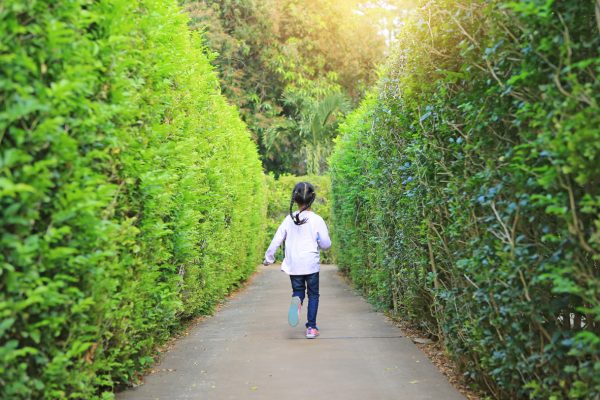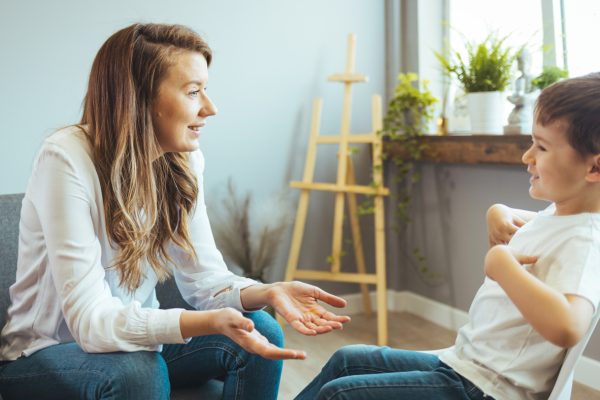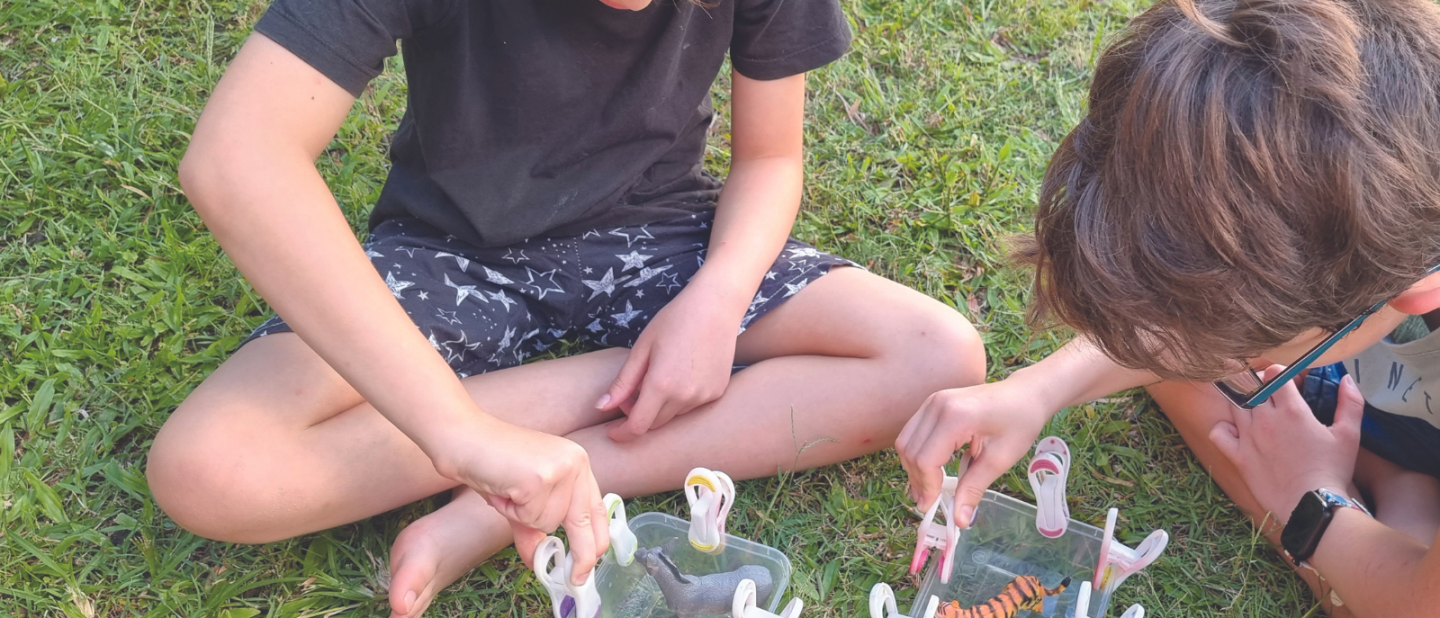
Home Comforts – therapy in the home
Therapy doesn’t always need to be done at the clinic. Chances are you have a whole bunch of useful items already in your home says OT Kate Hoad.
Occupational Therapy with children generally works on a number of core skills to help them develop independence with everyday things like eating, dressing, writing, cutting, and going to school or out in the community.
So what if I told you, taking your child to clinic-based occupational therapy week in and week out is not the only way to see progress? As a therapist, I certainly attest that regular therapy appointments are definitely an important way of learning what skills your child may need to work on at any point in time, and then gather some ideas on how to do this. But what if there were also ways to further strengthen these abilities and skills at home, that required general household items only?
Here are some simple ideas to help develop fine and gross motor skills that you can do with things lying about the house. Remember – the more we practice skills, the quicker we tend to learn them – practice makes progress (not perfect!)
PEGS
Younger Children (Under 6 years)
• Create peg zoos and cages for small stuffed toys around the outside of a plastic container. Be creative – you can make patterns or do each side a different colour.
• Peg items around the house in a visual scavenger hunt style of activity (think toys, dolls, blinds, towels).
• Match colours, shapes, numbers or even letters drawn on pegs to those drawn around the edge of a piece of paper to work on both pincer strength and visual motor integration skills.
Older Children (7+ years)
• Peg races up a pencil using two pegs – placing one directly on top of the other – this works on visual motor integration, bilateral coordination and finger strength.
• Use pegs in more functional ways – helping Mum and Dad hang out the washing! Using a clothes airer makes this task a bit more child-friendly.

WATER (*AND A FEW OTHER ITEMS)
Younger Children
- Paint Brushes – kids love to ‘paint’ the house or fence, and practice drawing skills.
- Containers and measuring cups– play in the bath or shower at tipping, pouring, measuring to work on hand and arm strength and accuracy of pouring using visual motor integration skills.
Older Children
- Spray Bottles – drawing on concrete, foothpaths, the fence – this is great for hand strength and endurance. You can work on visual motor integration by getting them to write out sight words.
- Syringes – Guess how many it would take to fill up a cup, try using one hand and then the other and timing it.
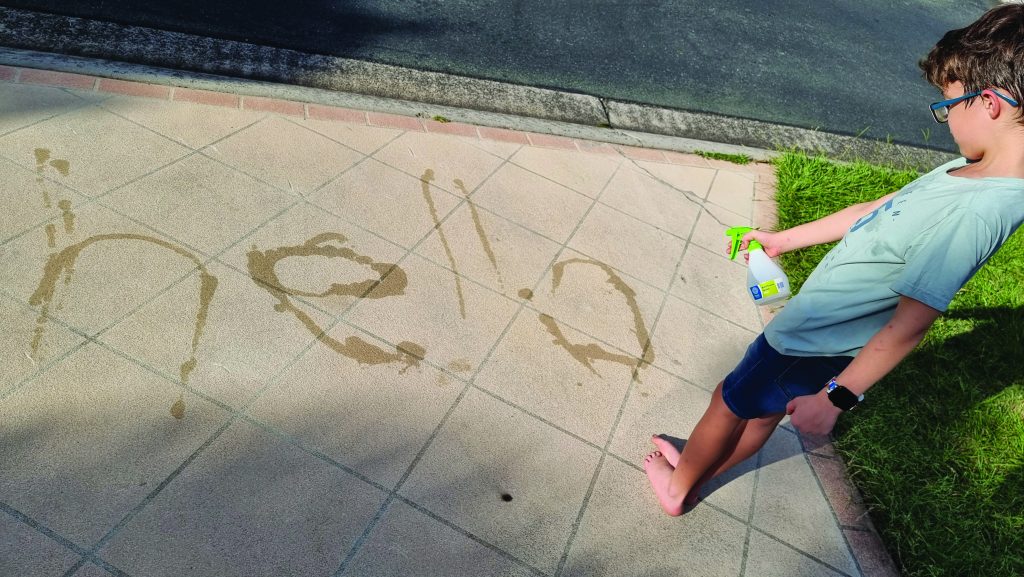

PENCILS, WHITEBOARD MARKERS OR TEXTAS
Younger Children
• Putting paper on the wall to draw on with pencils is a fabulous way to get the kids working their shoulders, arms and hand muscles without them thinking it’s work at all. Have them copy you before they draw their own. Lines (vertical and horizontal first, before diagonals), then moving onto spirals, circles, before the final step of more complex shapes like triangles and squares (by school age).
Older Children
• Using the shower glass, a window or glass door with whiteboard markers is a brilliant way of getting older kids to work out the same muscles. Try some more complex tracing at a window or door – get more use from those old colouring-in books and use the pages again to have the kids draw their favourite cartoons or animals. Put the paper on the outside with some BluTac and use whiteboard markers directly on the glass for an ‘easy clean’ experience.
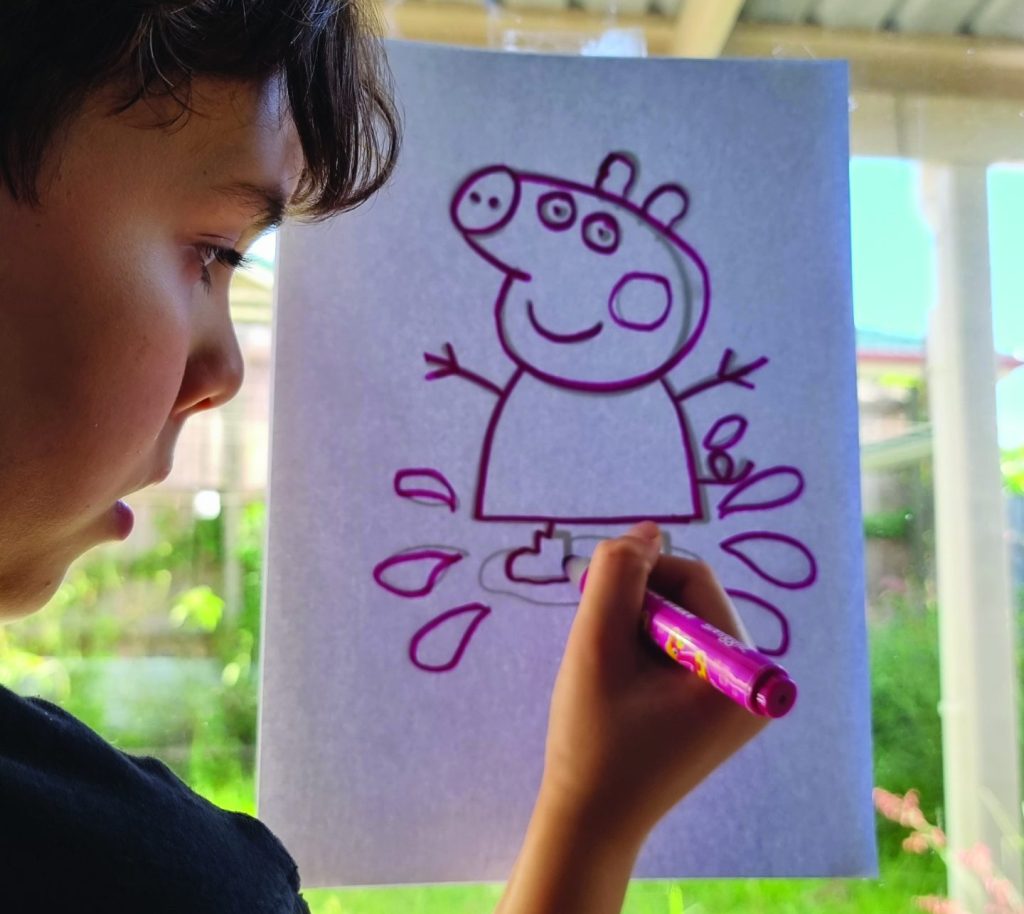

BALLS
Younger Children
• Use balloons with younger children to practice catching or batting to keep it in the air, which works on hand-eye coordination.
• Practice throwing or kicking at a target (a piece of paper on the floor or wall).
Older Children
• Get your child to “walk” the ball using their fingers, up and down their leg. Add in a ‘crossing the midline’ challenge by getting them to go up one leg, across the belly and down the other leg. Any kiddie ball works well to start, but you can increase the challenge with a smaller ball (e.g. tennis ball).
• Set up a ‘goal’ using outdoor furniture and take turns being the goal keeper or the scorer.
Occupational Therapist Kate Hoad is director of Outcomes Therapy.



